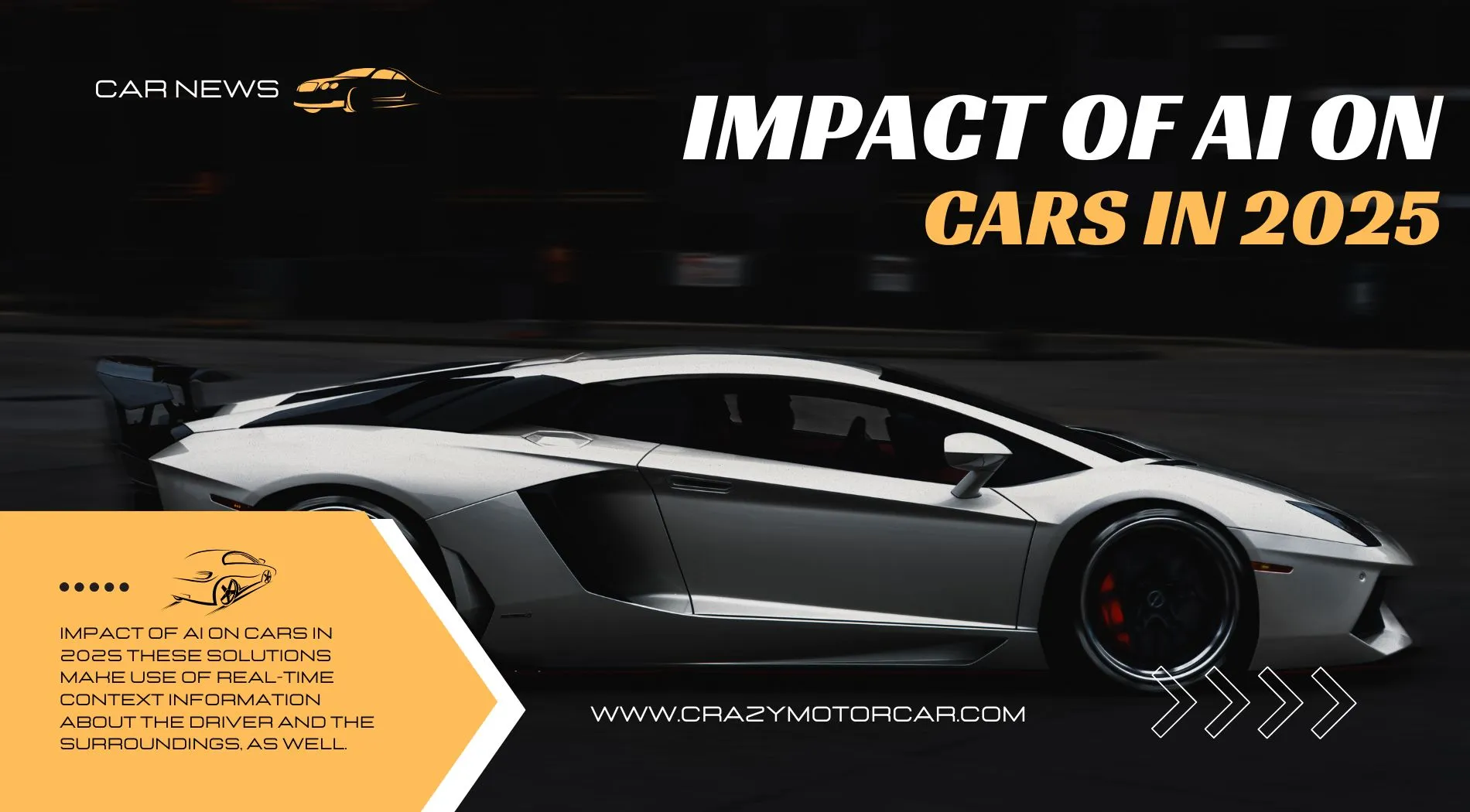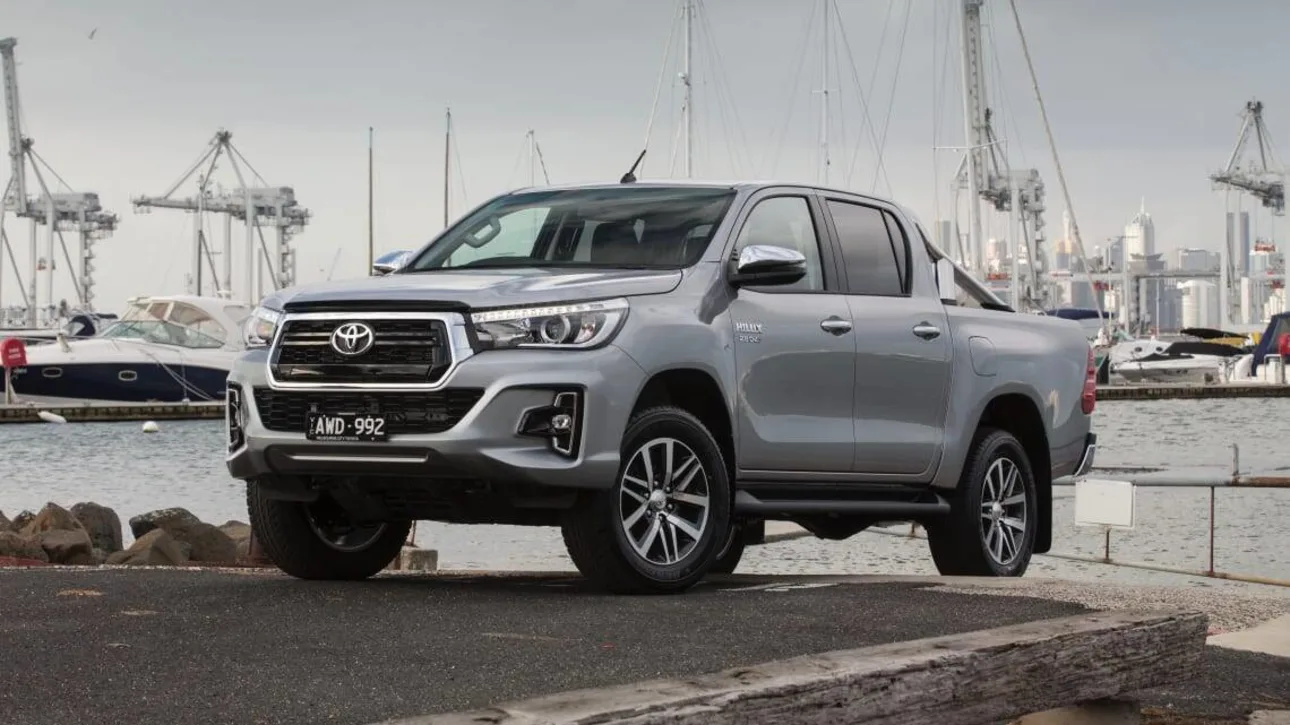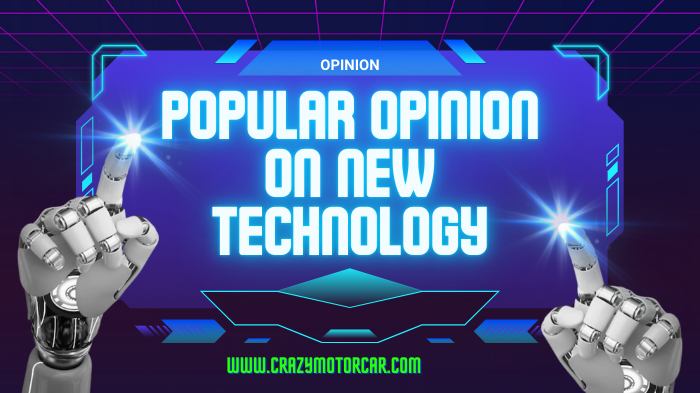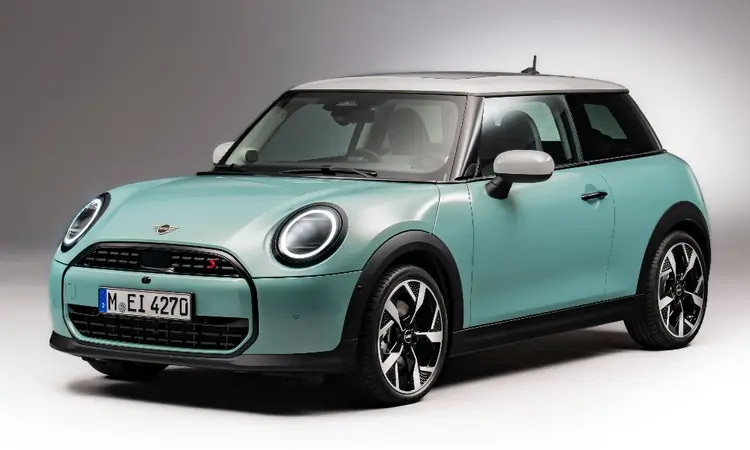Customers are searching for cars that offer AI-enhanced experiences through conversational voice assistants and advanced user interfaces as automotive technology develops at a rapid pace. Safety, security, and the highest levels of quality and dependability must be given top priority in automotive goods, technologies, software, and architecture. Impact of ai on cars in 2025 these solutions make use of real-time context information about the driver and the surroundings, as well as data from sensors and driver support systems.
By maintaining data privacy and guaranteeing effective and safe access, local processing of data using large vision models (LVMs), large language models (LLMs), and small language models (SLMs) for various modalities can improve the experience. It is crucial to provide manufacturers with the newest technologies so they can create these experiences.
AI is having a significant impact on how cars operate and interact with their surroundings, as well as how drivers and passengers interact with the car and its surroundings. High-end audio and visual capabilities across numerous screens, as well as pervasively intelligent experiences at the edge, necessitate a simplified architecture, scalable silicon, and a future-focused collaborative technology ecosystem.
Upcoming advances in AI-driven automobile technologies
AI in automobiles is not particularly new. As CNET's car tech expert for a decade and a half, I've witnessed how startups and automakers use AI to power and design everything from natural language voice control and sophisticated driver assistance features to the way cars are built to deform safely and aerodynamically in collisions.
However, since the recent AI gold rush, robotics and large language model technology have received more attention and funding.
Additionally, the popularity of large dashboard screens, always-on, high-speed connectivity, and over-the-air updatable software has increased the impact of AI and its visibility in the most advanced production vehicles. In 2024, several automakers and companies said that AI technology of all sizes will be available for use soon. Here are some predictions for 2025 and beyond.
Top 12 Impact Of Ai On Cars In 2025
1. AI and software-defined vehicles.

The shift to software-defined vehicles (SDVs) will be significantly shaped by smartphone-based AI solutions, since AI will impact every layer of the SDV architecture. This includes processing information from in-car sensors, the external environment, and other traffic participants—whether or not they are connected—in addition to integrating smartphones.
The majority of new cars will eventually gather and examine data from these many sources, improving everyone's driving experience in terms of efficiency, sustainability, personalization, and safety.
Read also: Vintage EVs: A Look Back at 1968's Best Models
2. International cooperation on AI guidelines (Impact Of Ai On Cars In 2025)
Since so many OEMs worldwide are concentrating on AI technology, along with other companies outside the automobile industry, the time has come for more cooperation and universal AI standards.
The adoption of risk management procedures in automotive AI systems and their safe deployment and operation depend on standards like ISO 26262 and UL 4600, respectively. Long-term safety will be supported by this degree of cooperation, which will also guarantee the moral use of data across borders and promote interoperability.
3. Enhanced Computer Vision-Based Safety Features
Many of the newest safety measures being included in cars by 2025 will be further improved by computer vision technology aided by artificial intelligence. To further reduce the chance of an accident, the goal is for computers to do the same kinds of danger perception processes that drivers continuously perform when operating a motor vehicle.
This entails keeping an eye on drivers, spotting pedestrians and other possible dangers, and identifying speed restrictions and traffic signs. These technologies are essential for safety, particularly in low-visibility and crowded metropolitan settings. Toyota is also taking a comprehensive approach to future mobility by using AI to improve safety through sophisticated monitoring systems and putting sustainability first by creating eco-friendly cars.
4. AI in the Design and Production of Automobiles

By facilitating quick component development and optimization, generative AI is enabling quicker, more intuitive, and more effective vehicle design. Iterations and modifications are easier to make in the context of performance, cost, and/or sustainability goals, and designs may be more closely matched to current consumer trends.
The same ideas may be used in quality control, where simulation-based process enhancements can further save costs and time, and sophisticated picture recognition can identify errors before they affect production.
5. Development of Technologies for Electric Vehicles (EV)
More research and development will be focused on improving the intelligence and efficiency of electric motoring as EVs become more prevalent on the road. Tesla's AI-powered battery management system, which maximizes battery temperature prior to the car arriving at a charging station for safer and more effective charging, is one example of this.
In the meanwhile, Mercedes-Benz has used AI to analyze actual battery performance data in order to create batteries that are more effective, long-lasting, and ecologically friendly.
Read also: Suzuki Cars New Model 2024: The Future of Automotive
6. Supply Chain Optimization Driven by AI
As it is in industries like retail, artificial intelligence (AI) in the supply chain is assisting suppliers, dispatchers, and buyers in responding more quickly and effectively to any unanticipated occurrences or interruptions. Because of its ability to proactively detect hazards and advise OEMs on how to mitigate them before they cause harm.
AI-generated insights may also help optimize inventory, guaranteeing that models are priced appropriately, and optimize logistics and delivery scheduling for the most economical and time-efficient solutions.
7. Multimodal AI Integration
Related to the latter point, advanced in-car personal assistants may be created using multimodal AI, which integrates and processes many forms of data. Natural language processing, or NLP, is being used by Hyundai and other OEMs to facilitate smooth communication between the driver and the car.
In these deployments, a variety of data, including camera inputs, microphone sound, and LIDAR spatial data, may be utilized to assist cars in making autonomous, well-informed judgments in real time. This will help cars better comprehend their environment, which is essential to enabling safe, autonomous road transportation.
8. Tailored In-Car Activities (Impact Of Ai On Cars In 2025)

In order to help OEMs realize their goal of creating a habitat on wheels, AI and machine learning will also be used to customize experiences for both drivers and passengers. This includes technological advancements like Genesis' digital service tools, which analyze user data to offer tailored suggestions on necessary maintenance and updates. AI can also facilitate more extensive voice-based, hands-free instructions while traveling.
These will soon be expanded to include other aspects of the in-car experience, such as making appointments or listening to music and podcasts, in addition to the current capabilities of taking cell phone messages and planning satnav routes.
9. Predictive maintenance driven by AI. (Impact Of Ai On Cars In 2025)
Manufacturing already uses machine learning algorithms to anticipate possible issues so that they may be fixed before a breakdown happens. Hyundai's connected vehicle technologies, which provide smooth communication between automobiles and infrastructure, are an example of how the same idea is now being used in the automotive industry.
This degree of insight-driven proactive maintenance will be revolutionary for OEMs in terms of less downtime, enhanced energy management, and better quality control, as well as for drivers in terms of safety and cheaper repair costs.
10. Improved systems for driver assistance. (Impact Of Ai On Cars In 2025)
Level 2 autonomy, which helps drivers who are still using manual control, will become even more prevalent while level 3 autonomy is still in its infancy. For instance, Kia is incorporating machine learning algorithms into its ADAS systems to enable them to react and adjust to the unique features of each driver.
Nearly 60% of vehicles produced worldwide are anticipated to have level 2 autonomous capabilities by the end of 2025, including adaptive cruise control, lane-keeping assistance, and collision avoidance, to improve driving efficiency and safety.
11. Autonomous vehicle adoption on a wide scale
There have been some well-publicized challenges during the lengthy development of self-driving technology. However, a number of significant OEMs may provide fully autonomous vehicles in cities by 2025.
According to a McKinsey research, there might be up to 3.5 million autonomous cars on American roads by 2025, and that number could rise to 4.5 million by 2030, demonstrating the tremendous momentum behind this technology. Major automakers are utilizing real-time data processing and sophisticated neural networks to offer an intuitive driving experience in order to accomplish this rapid growth.
Mercedes-Benz is at the forefront of technological innovation and is expected to be the first to enter level 3 autonomy, where cars may help drivers with steering, braking, and accelerating. An autonomous car at level three is capable of environmental sensing and self-determination.
Read aslo: Alfa Romeo Giulia in 2024: Review
12. Enhanced productivity

AI increases the efficiency of other automotive processes while lowering pollutants and improving fuel economy. Predictive maintenance is a technique that uses routine inspections to stop cars from breaking down while they are on the road.
Numerous AI-enabled technologies are able to handle vast amounts of data in real time to reduce waste and create additional process enhancements.
conclusion on Impact Of Ai On Cars In 2025
AI is at the heart of the automation revolution that is currently sweeping across the automobile sector. Experts predict that cars will become smarter, safer, and more efficient. A sustainable future is being determined by AI's use cases, which include connected autos, electric vehicles, and self-driving cars.
However, millions will profit from the use of automotive AI, since the United States and India are leading the way in innovation. The sophisticated and inventive shape of the future world that we have witnessed today is conveyed.
FAQs: Impact of AI on Cars in 2025
What is the future of AI in cars?
Safety functions like lane-keeping and emergency braking are enhanced by AI. Accidents can be avoided by these technologies, which react quicker than people. Also, car designs are becoming more intelligent. Before constructing new ideas, engineers may virtually test them with AI.
What is the future of AI in 2025?
AI is a force that is changing every aspect of the software business and is no longer only a tool. The gap between those who are ready to adopt AI-driven solutions and those who are caught off guard will further widen in 2025, as AI will drive everything from innovation to cybercrime.
What new technology will cars have in 2025? (Impact Of Ai On Cars In 2025)
Highlights include the holographic windshield display of the Hyundai Mobis, the panoramic iDrive display from BMW, the 0 Series electric cars from Honda, and the Afeela from Sony-Honda Mobility.
How does AI affect the car industry? (Impact Of Ai On Cars In 2025)
AI improves inventory control and forecasts supply chain interruptions. This results in a more efficient manufacturing process by lowering production costs and delays. AI computer vision technologies offer unmatched accuracy when checking cars for flaws.
Can AI replace car designers? (Impact Of Ai On Cars In 2025)
AI is meant to complement and streamline conventional CAD procedures, not to replace them. By introducing previously unachievable efficiencies and capabilities, it improves the speed, accuracy, and ability to handle complicated scenarios that human methods cannot.









